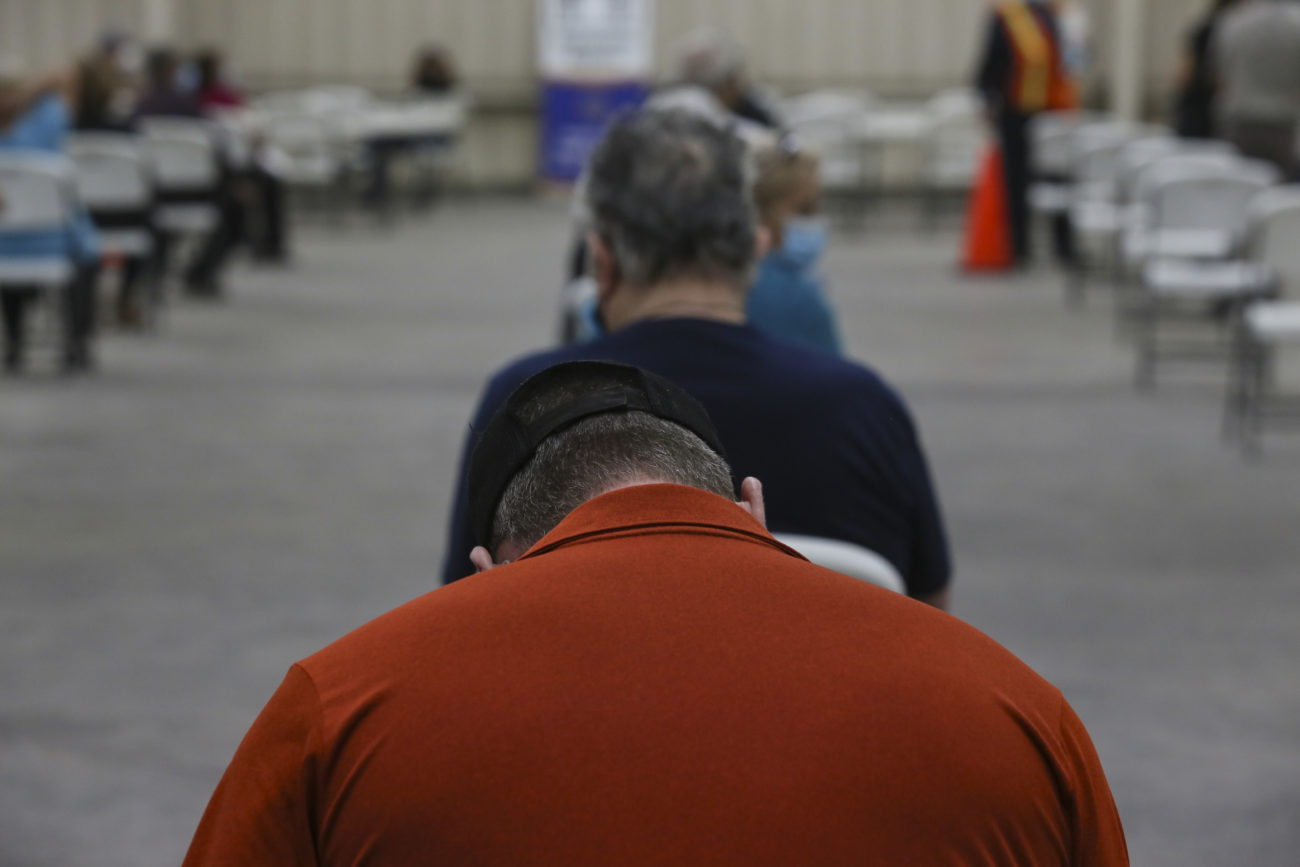Marking one year since COVID-19 changed nearly every aspect of life cannot be accomplished with a single date. But if there was a period in which impact could be measured via pivotal moments in American institutions of governance, health care, business, education, sports and faith, it’d be somewhere between March 13 and March 23, 2020.
On March 13, disaster declarations were issued first by the state of Texas, and then nationally as then-President Donald Trump declared a national emergency due to COVID-19. Jury trials, jail visitation and sporting events were all suspended.
On March 14, area hospitals created new rules for patients and visitors, and the Rio Grande Valley Livestock Show was canceled.
On March 17, Gov. Greg Abbott announced the activation of the Texas National Guard.
On March 18, the Catholic Diocese of Brownsville suspended Masses.
On March 19, the first case of COVID- 19 was confirmed in Cameron County.
On March 21, Hidalgo County reported its first case of a person testing positive for COVID-19.
On March 23, Hidalgo County officials issued stay-at-home orders that implemented a curfew, social distancing measures and face covering protocols in addition to requiring businesses deemed “non-essential” to close.
In Sunday’s edition of The Monitor, we observe where we are now — one year later — in the fight against the coronavirus.
A test of faith: Catholic community looks back on one year with COVID-19
In the shadow of death: Pain is perpetual for son who lost father to COVID-19
Health authority: Vaccine distribution spreading faster than COVID-19
RELATED COVERAGE:
AP-NORC poll: People of color bear COVID-19’s economic brunt





